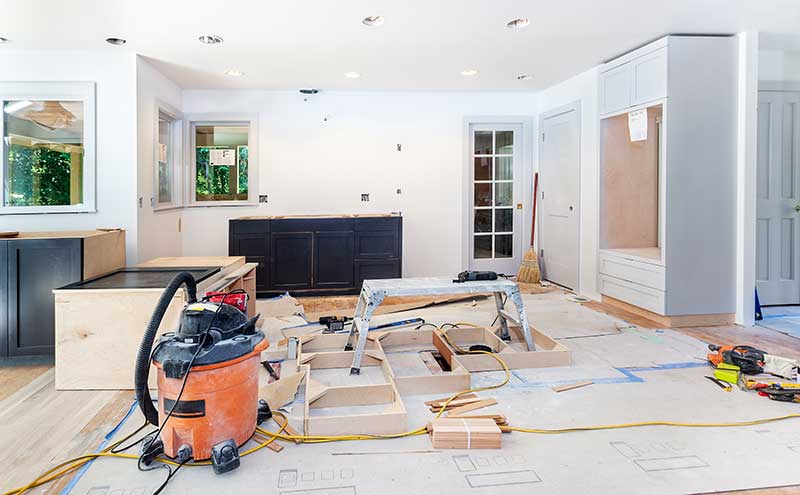Designing Homes with Personality – The Role of a Residential Interior Designer
In the world of interior design, creating spaces that reflect the unique personalities and lifestyles of their occupants is a thrilling challenge. Residential interior designers are the magicians behind the scenes, transforming houses into homes bursting with character and individuality. Their expertise goes far beyond mere aesthetics it encompasses functionality, comfort, and personalization. In this article, we will delve into the fascinating realm of residential interior design and explore how these professionals craft homes with personality.
The Art of Personalization:
At the heart of residential interior design lies the art of personalization. Every homeowner has distinct tastes, preferences, and stories to tell. A skilled interior designer listens attentively to their clients, understanding their lifestyle, aspirations, and aesthetic sensibilities. This information serves as the foundation upon which the designer builds a personalized space that reflects the essence of the occupants.

Space Planning and Functionality:
Creating a personalized interior begins with meticulous space planning and consideration of functionality. Residential interior designers analyze the layout of the home, ensuring that each room serves its purpose efficiently. They take into account the flow of movement, natural lighting, and the spatial relationships between various elements. This thoughtful planning ensures that the personality of the home is not only visually appealing but also highly functional for its residents.
Color Palette and Mood:
One of the most influential aspects of residential interior design is the choice of color palette. Colors have a profound impact on the atmosphere of a space. Designers carefully select colors that resonate with the homeowners’ personalities and preferences. Whether it is a vibrant and energetic living room or a serene and calming bedroom, the color palette sets the mood and evokes specific emotions.
Furniture and Accessories:
Furniture and accessories are the tools that a residential interior designer uses to infuse character into a space. They curate pieces that align with the homeowner’s style, whether it is classic, modern, eclectic, or somewhere in between. Each item is carefully chosen, from sofas and tables to artwork and decorative accents. These elements not only enhance the aesthetic appeal but also tell a story about the people who live there.
Texture and Material Selection:
Texture and material selection are often overlooked but essential components of interior design. The choice of materials for flooring, upholstery, and surfaces can greatly impact the overall feel of a room. For instance, a combination of warm, rustic wood and soft, plush fabrics can create a cozy and inviting atmosphere, while sleek metals and glass exude a more contemporary vibe and go to this site https://bilalrehmanstudio.com/pages/houston.
Personalized Details:
It is the little details that truly make a house feel like a home. Residential interior designers excel at incorporating personalized touches. Whether it is custom-built shelving to display a cherished collection, a unique backsplash in the kitchen, or a gallery wall of family photos, these details weave the story of the occupants into the very fabric of the home.
Adaptability and Evolution:
A well-designed home is not static it evolves as its residents do. Residential interior designers anticipate this evolution and design spaces that can adapt over time. This may involve flexible furniture arrangements, versatile storage solutions, or spaces that can easily transition from one function to another.